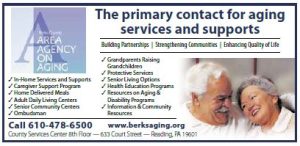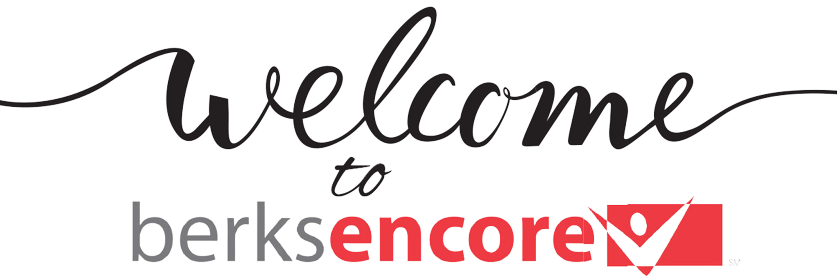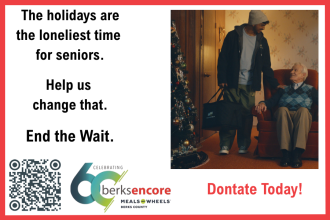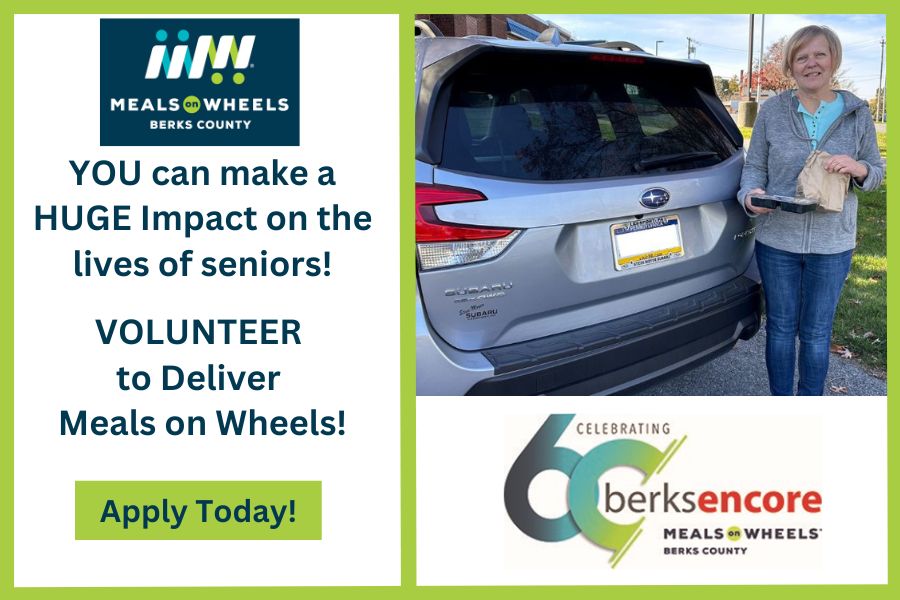Most older adults don’t know about resources that can help them navigate aging & caregiving
Older Americans may be missing out on a wide range of programs and services that could help them meet their needs or assist their aging loved ones, a new poll suggests.
The new findings from the National Poll on Healthy Aging, based at the University of Michigan, show most older adults don’t know about important public resources for older adults and their caregivers, either by name or general description.
The poll asked more than 4,000 adults over age 50 about their awareness and use of Area Agencies on Aging (AAAs), State Health Insurance Assistance Programs (SHIPs) for navigating Medicare, and their options for long term services and supports (LTSS), should they need them.
And only a small minority – less than 10% – said they had used these programs or knew a lot about them.
Since many of these programs go by different names at the local, regional or state level, the poll questions also included a general description.
Only 7% of respondents said they had used their AAA’s services, 4% said they had used a SHIP program’s services, and 3% said they knew a lot about LTSS options.
One in four U.S. adults age 50 and older (26%) were familiar with AAAs but had never used them, and 21% were familiar with SHIPs but had never used them.
But 67% of U.S. residents over age 50 weren’t familiar with AAAs, 75% weren’t aware of SHIPs, and 88% said they didn’t know anything, or knew very little, about their options for receiving LTSS if they needed them.
Poll respondents who were age 65 or older were more likely to be familiar with AAAs and SHIPs than those age 50 to 64, whether or not they had used the service. In all, 37% of those over 65 were familiar with AAAs, versus 29% of those age 50 to 65; for SHIPs, 31% of the older group said they were familiar, compared with 20% of the younger group.
But even among those over age 65 who were aware of these services, most had not used them. In all, only 9% of people over 65 had used their AAA’s services and only 5% had used SHIP services.
Need for more awareness
Overall, the poll’s findings suggest a need for more efforts to build awareness about how older adults and their caregivers can find and access the services available to them. Many such programs are supported by state and federal tax dollars.
“Our poll points to a gap between the resources that exist and what older adults know is available to help them navigate their choices as they age or care for others,” said Erica Solway, Ph.D., M.S.W., M.P.H., the deputy director of the poll, which is based at the U-M Institute for Healthcare Policy and Innovation.
“Even if people don’t know these programs by name, it appears that states and nonprofits could do more to spread general awareness of websites and hotlines that can act as gateways to the full array of services each person might qualify for,” she added. “Often, members of the public seek these services for themselves or others in times of crisis. So, the message that support is available, and how to find it when it’s needed, could help people plan.”
The National Poll on Healthy Aging is supported by AARP and Michigan Medicine, U-M’s academic medical center. The Michigan Poll on Healthy Aging, which gathers Michigan-specific data, is supported by the Michigan Health Endowment Fund.
Finding services for older adults
Solway points to the federal government’s Eldercare Locater site, eldercare.acl.gov, which prompts visitors to enter their ZIP code or to call 1-800-677-1116 to start the process of finding services for older adults and caregivers in their community.
Another gateway service for finding programs for older adults and people with disabilities is the Benefits Checkup website run by the National Council on Aging, a nonprofit organization, at benefitscheckup.org.
There’s also a federal Disability Information Access Line (DIAL), which helps people with disabilities get connected to information about local community resources that support independent living by entering their ZIP code on the DIAL website or calling 1-888-677-1199.
There is also information available from state aging agencies and county or municipal governments, including local senior centers.
Navigating the array of services and programs available can be daunting, which makes awareness efforts about how to get help even more important, the poll team notes.
Some services have income-based, geographic, or demographic eligibility limits to receive them. Others are available to any older adult or caregiver for older adults, and many also serve younger people with disabilities.
Contributing Faculty
Erica Solway, Ph.D., M.S.W., M.P.H.
Published Date
June 5, 2024









